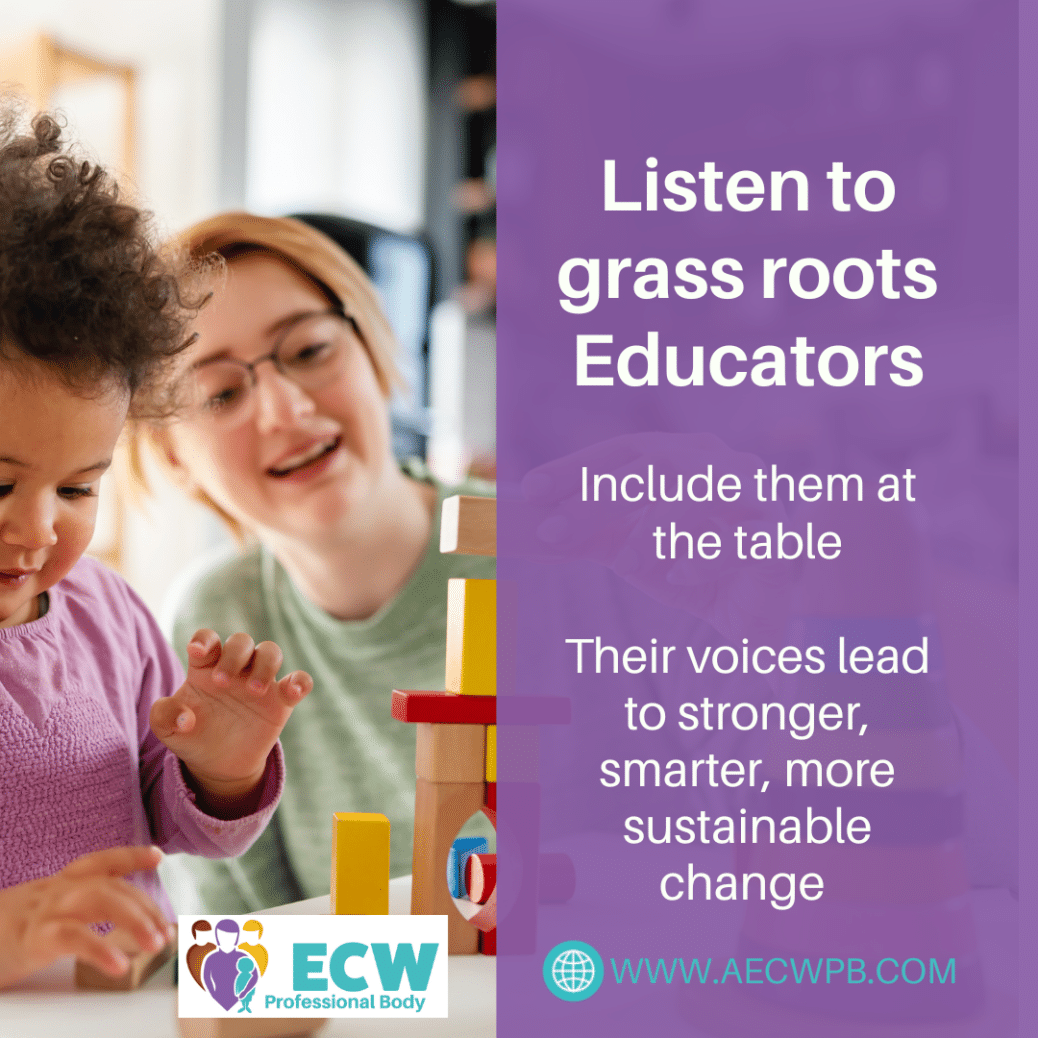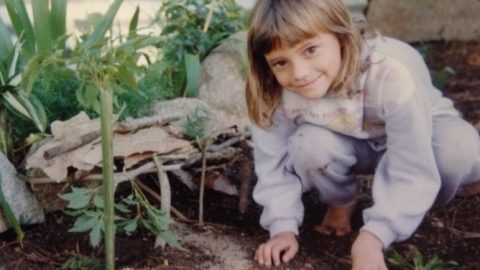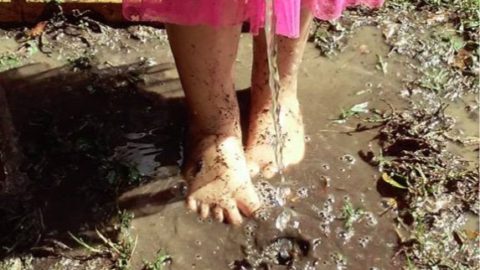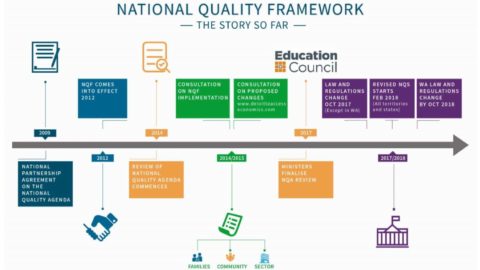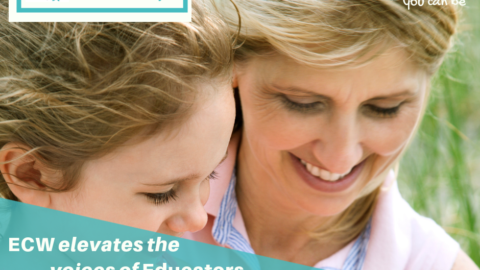An Open Letter to Ministers Responsible for Early Childhood Education and Child Safety
Written by Lee Gane
I want to begin by raising two issues that continue to sit in the margins of policy conversations, despite their profound impact on children’s wellbeing: the effect of large group sizes on safety and development, and the rapid casualisation of the early childhood workforce.
These two forces are reshaping early education in ways that undermine safeguarding, destabilise relationships, and erode the conditions children need to thrive.
When we talk about safeguarding children, we often start with policies, procedures, and compliance frameworks. And of course, those matter.
But safeguarding begins somewhere far more human.
Safeguarding children begins at the foundation of wellbeing, children’s physical and emotional safety. Safety is felt in the relationships that happen every day between educators and children.
In the moment of trust between a child and an educator.
In the small, consistent signals that say: you are safe, you are seen, you belong and you matter.
Because the truth is: children are safeguarded NOT by documents, but by people.
By educators who notice, who listen and who respond.
By those who build trust and connection in ways that help children feel safe in their bodies, in their emotions, and in their world.
Sometimes, people outside our profession still use words like “babysitting” or “childcare.” But those of us working in or alongside this profession know educators are so much more.
Educators make over 1200 pedagogical decisions every single day and draw on deep, specialised knowledge and skills. Their practice is grounded in neuroscience, attachment, social learning, developmental theory, and an unwavering commitment to relational pedagogy.
And honestly, I stand in awe of that. The breadth and depth of knowledge that educators are expected to bring to the table every single day is unfathomable. Their work is both heart and science, intellectually demanding, emotionally rich, and physically exhausting.
- When an educator comforts a crying child — that’s attachment theory in action.
- When they help a shy child to join in the play — that’s socio-dramatic scaffolding and language modelling.
- When they help a toddler regulate big feelings — that’s co-regulation, shaping the brain’s pathways for emotional control.
- When they place a pencil in a small hand — that’s developmental sequencing, supporting core strength, bilateral coordination, and fine motor control.
When educators take the time to listen, when they kneel to meet a child’s eyes, when they respond gently but firmly to a boundary being tested, those moments teach children what safety feels like.
These are acts of safeguarding, acts that say: your needs matter, your body is safe, you are seen.
This is not babysitting. It’s brain-building.
And yet, the systems that should be supporting this work is, in many ways, working against it.
I ask you to picture this: You’re just two years old, your mother has fought hard to keep you in the smaller room due to your small size and delayed development, but to maximise enrolments you have been moved into the larger group. Your mother enters your room looking for a familiar face or someone to hand you too, the educators are unfamiliar, and all are busy. She finds you some toys and places you gently on the floor with the selected toys and kisses you goodbye. You’ve been left in a room with over forty other children and adults.
The noise is constant.
Adults’ faces are unfamiliar and are moving quickly, faces change direction before you can even make eye contact and the world around you feels enormous.
This isn’t what early learning was meant to look like or feel like, but this was the reality for my youngest grandchild and is the reality for so many others.
We know from neuroscience and decades of developmental research that small, stable groups are not a luxury, they are a biological requirement.
In groups of eight to twelve, children can build secure attachments.
Educators can notice the subtle things, a furrowed brow, a whisper for help, a spark of curiosity.
But in groups of forty and more those opportunities to connect are lost. Even the most skilled educators are forced into survival mode, shifting from co-regulators to crowd managers. Not because they don’t care, but because it’s humanly impossible to connect deeply with that many children at once.
Large group sizes and poor ratios don’t just impact learning, they harm wellbeing.
Children in high stress, overcrowded settings show elevated cortisol levels, more behavioural distress, and lower engagement.
They learn to compete for attention for adult attention instead of to collaborate, socialise and learn.
And our educators feel it too, the guilt of knowing what children need but not being able to give it.
Now, let’s look at the workforce numbers that sit beneath this reality:
- 97% female
- 30 % from CALD backgrounds and a higher than average
- Disproportionate number of workers under 30yrs
- A projected shortage of up to 30,000 educators by 2027
- A need for up to 50,000 additional qualified educators by 2030
Think about that: tens of thousands of missing hands, missing hearts, missing minds.
And that doesn’t consider the 1in 4 educators we lose from the field every year that’s a quarter of the workforce. Or the staggering 40% of educators who are considering leaving the sector within the next 12 months.
And layered on top of this is workforce instability that is rapidly accelerating.
Around 42% of educators are now part-time or casual, many on minimum-hours contracts that allow employers to call them in when attendance is high and send them home when attendance numbers fall.
Others choose agency work because it offers better pay, more autonomy, and fewer documentary burdens, particularly around safeguarding responsibilities.
The consequence. A constant rotation of unfamiliar adults and an erosion of relational continuity, the single most important ingredient in safeguarding.
Educators have been calling for better pay, conditions and ratios for years, we all heard their cries for help.
Educators describe feelings of isolation, exhaustion, and overwhelm. Crushing workloads and compliance burdens.
High turnover, staffing shortages, unmanageable ratios, unrealistic administrative load, all of these chip away at the capacity of educators to form and maintain strong, trusting relationships.
When educators are stretched too thin, the small but vital moments of connection, the quiet chats, the comfort, the noticing, are the first safeguards to go. Then there’s the loss of mattering, for both children and educators.
We must stop constantly asking more from a sector that has little or no capacity left to give.
We cannot talk about safeguarding children without also talking about safeguarding educators, ensuring they have the stability, recognition, and support to do the relational work that keeps children safe.
But we are haemorrhaging educators in the thousands every year due to poor pay, untenable conditions, and systemic failures that undermine their ability to build meaningful, sustained relationships.
Not because they lack passion.
Not because they don’t care.
But because the system makes it almost impossible to do the relational work that children need most.
And into this crisis, we are rolling out fast-tracked qualifications, bridging courses and RPL pathways designed to fill vacancies quickly, not build capability deeply.
Fast does not mean better. And when it comes to children, fast does not mean safe.
Children don’t just need adults in the room. They need educators who understand how brains grow, how relationships wire the nervous system, how trauma shows up in tiny bodies and big emotions and how distress shows up in tiny, easily missed cues.
We would never fast-track a surgeon and call it safe.
We would never shorten pilot training and call it efficient.
Yet we are accepting shortcuts for the profession that holds children’s hearts, minds, and futures.
This is not reform. This is risk.
This isn’t about gatekeeping qualifications, it’s about safeguarding quality and honouring a profession built on depth, not speed; on reflection, and wisdom, not shortcuts.
If we truly value early education, we must invest in the people who make it possible. Because fast might fill a vacancy, but it will never build the future.
Approximately 70% of services are deemed to be meeting the National Quality Standard. The service I mentioned earlier is deemed to be meeting the National Quality Standard.
Safeguarding is not surveillance.
- It is not a checklist.
- It is not another policy.
It is relational, human, and grounded in stability.
- It looks like the smile that says, I see you.
- The calm voice after a meltdown.
- The steady hand that helps a small body feel safe in the world.
- An environment that doesn’t overwhelm developing nervous systems.
These daily acts performed by skilled, reflective, emotionally intelligent educators are what build safe bodies, safe brains, and safe futures.
But we cannot build this future on a workforce that is unstable, undervalued, overburdened, and leaving.
Safeguarding children and safeguarding educators are not two goals; they are one and the same.
Ministers, we are asking you to act, urgently and decisively.
We need:
- Improved ratios
- Smaller group sizes
- Stable, secure workforce structures
- Fair, professional pay and conditions
- Deep, developmentally grounded qualification pathways
- Reduced reliance on casual and agency labour
- Policies that support relational practice, not undermine it
Children deserve stability.
Educators deserve respect and support.
And the nation deserves a system that reflects the evidence we have known for decades.
Policy must now align with what we know is true:
You cannot safeguard children in a system that does not safeguard the people who care for them.
Lee Gane Executive Director

